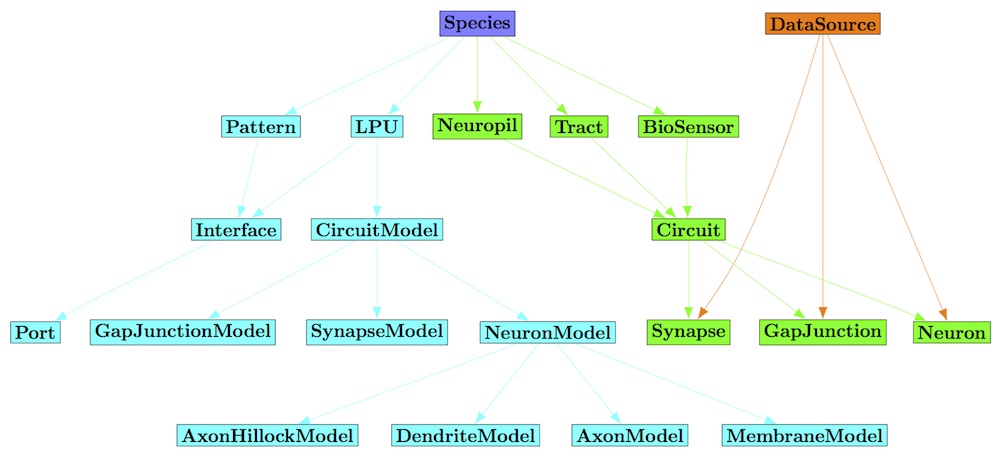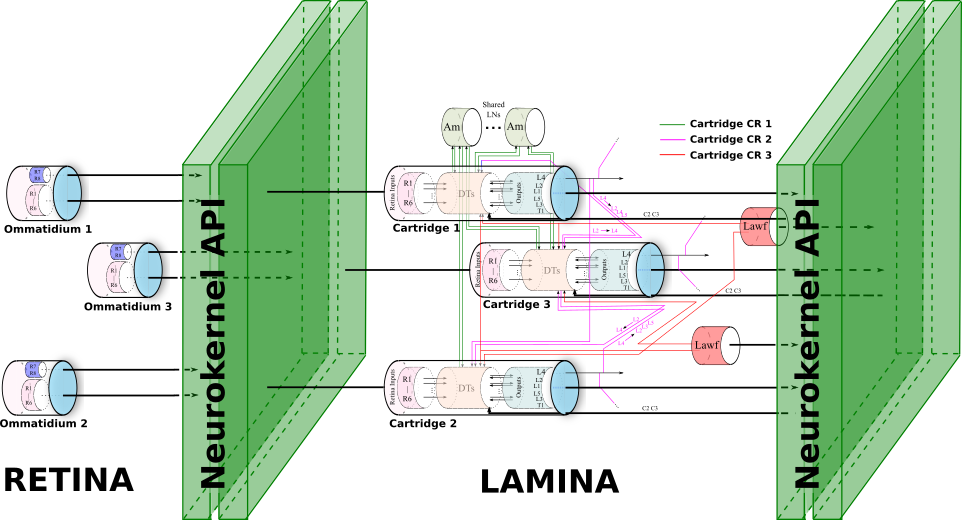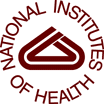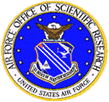Fruit Fly Brain as NeuroInformation Processor
We are currently developing a collection of open-source software tools, platforms and environments for the functional emulation of the Drosophila brain on clusters of GPUs. In the systems architecture shown below, the NeuroArch database provides open fly brain datasets for designing executable circuit models that can be evaluated with the Neurokernel open-source platform. The Neurokernel platform and the NeuroArch graph database are briefly described below.

Neurokernel: An Open Source Platform for Emulating the Fruit Fly Brain
We have developed an open software platform called Neurokernel for collaborative development of comprehensive models of the brain of the fruit fly Drosophila melanogaster and their execution and testing on multiple Graphics Processing Units (GPUs). Neurokernel provides a programming model that capitalizes upon the structural organization of the fly brain into a fixed number of functional modules to distinguish between these modules' local information processing capabilities and the connectivity patterns that link them. By defining mandatory communication interfaces (APIs) that specify how data is transmitted between models of each of these modules regardless of their internal design, Neurokernel explicitly enables multiple researchers to collaboratively model the fly's entire brain by integration of their independently developed models of its constituent processing units. The framework is open-source and freely available; it can be obtained from http://neurokernel.github.io.
- Lev E. Givon and Aurel A. Lazar, Neurokernel: An Open Source Platform for Emulating the Fruit Fly Brain, Neurokernel Request for Comments, Neurokernel RFC #4, October 2015.
- Lev E. Givon and Aurel A. Lazar, Neurokernel: An Open Source Platform for Emulating the Fruit Fly Brain, PLOS ONE 11(1): e0146581, doi:10.1371/journal.pone.0146581, January 2016.
The architecture of the Neurokernel is schematically described in the video below.
NeuroArch: A Graph dB for Querying and Executing Fruit Fly Brain Circuits
NeuroArch is a database for codifying knowledge about fruit fly brain circuits. It is designed with two user communities in mind: (i) neurobiologists interested in querying the database to address questions regarding neuroanatomy, neural circuits, neurons, synapses, neurotransmitters, and gene expression, and (ii) computational neuroscientists interested in the instantiation of models of neural circuits and architectures, their program execution, and validation of hypotheses regarding brain function.
- Lev E. Givon, Aurel A. Lazar and Nikul H. Ukani, Neuroarch: A Graph-Based Platform for Constructing and Querying Models of the Fruit Fly Brain Architecture, Frontiers in Neuroinformatics , Number 42, August 2014, Leiden, The Netherlands.
- Lev E. Givon, Aurel A. Lazar and Nikul H. Ukani, NeuroArch: A Graph dB for Querying and Executing Fruit Fly Brain Circuits, Neurokernel Request for Comments, Neurokernel RFC #5, December 2015.

The figure above depicts objects and relationships of NeuroArch's data model. Nodes in green denote biological circuit entities, while nodes in cyan correspond to executable circuit entities; the node representing the species in blue associated with specific biological or executable circuit entities is the root of both hierarchies. Green edges denote containment of lower level biological circuit entities in higher level subdivisions of the fly brain. Cyan edges denote ownership of executable circuit entities at lower levels of abstraction by those at higher levels of abstraction. Nodes representing actual neurons and synapses contained by a data source are connected to the orange data source node by orange edges representing containment.
Integration of Independently Developed Retina and Lamina LPUs
We have demonstrated the power and versatility of Neurokernel's collaborative model by combining independently developed models of the retina and lamina neuropils in the fly's visual system and by showcasing their neuroinformation processing capability.

The Bionet Group is supported by grants from
 |
 |
 |
 |